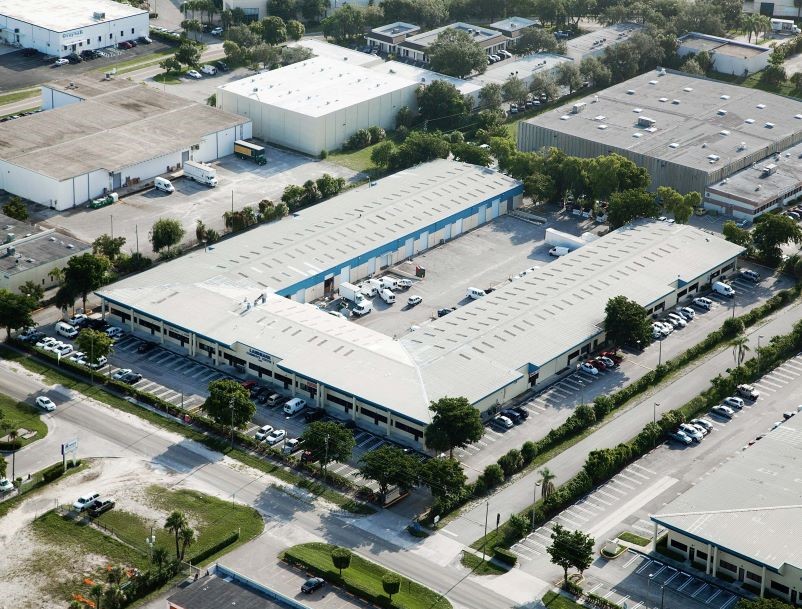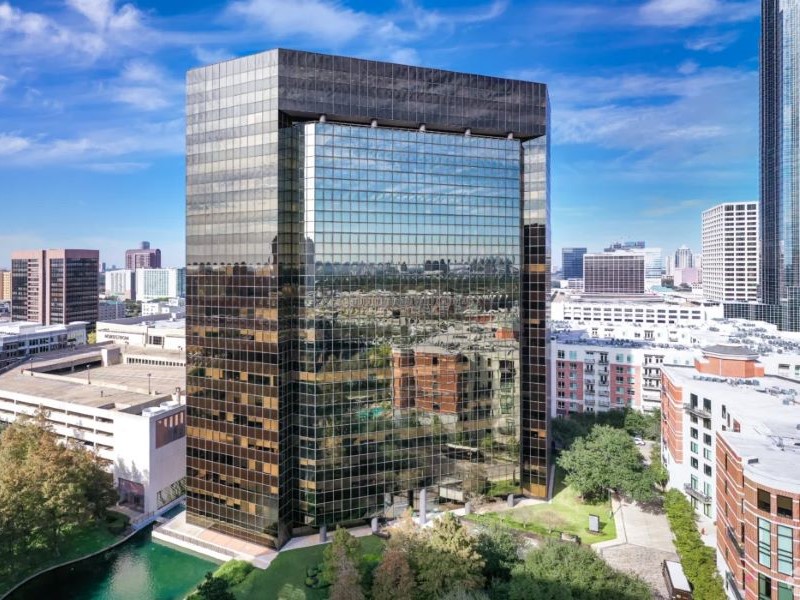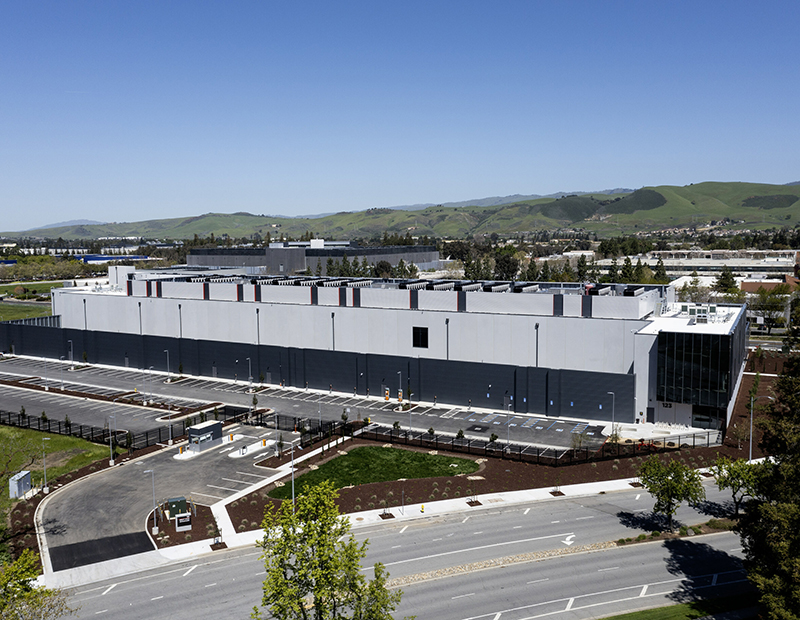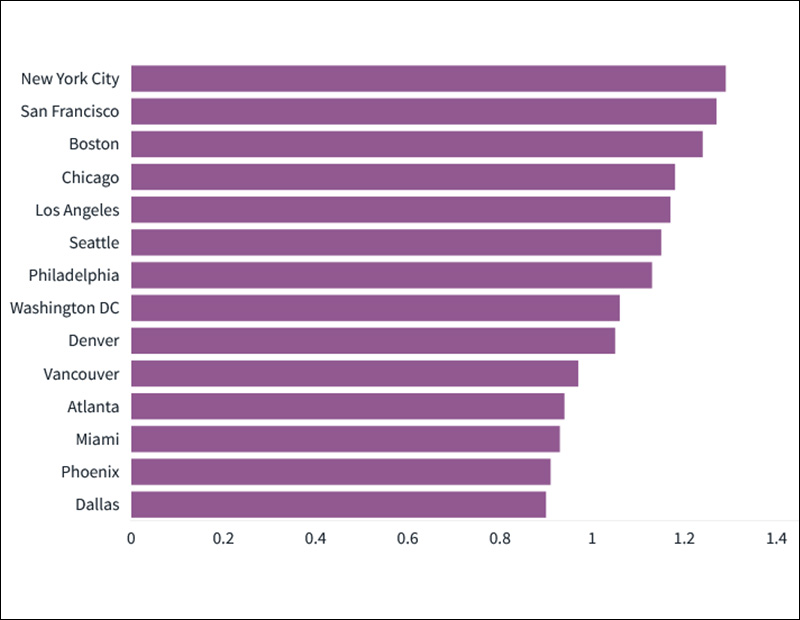Why the NYC Office Market Is a Tale of 2 Cities
Avison Young's James Nelson and Joe Gervino share insights on this highly bifurcated market.

The demand dichotomy in NYC’s office market is starker than in other large U.S. metros. While prime office space is seeing robust activity, lower-tier buildings lag, constantly pushing landlords to find solutions.
Class B and C office landlords are struggling with high vacancy rates as tenants are mainly searching for trophy and Class A spaces to boost their return-to-office efforts.
Meanwhile, locations near transportation hubs like Grand Central Station continue to attract high levels of interest due to their convenience, according to Joseph Gervino, principal in Avison Young’s New York City office.
In the interview below, Gervino and James Nelson, principal & head of Avison Young’s Tri-State Investment Sales group, reveal what they’ve noticed in this top U.S. market, drawing an ample picture of NYC’s office landscape today.
READ ALSO: Tenants Are Leasing More Office Space in Prime Buildings
How has the recent economic uncertainty impacted the NYC office market so far?
Gervino: Recent economic uncertainty has led to longer transaction times, with some tenants adopting a wait-and-see strategy before making decisions. However, leasing activity through the second quarter of 2024 is up 18.7 percent—14.6 million square feet—from the same time last year, so there is forward momentum in the market.
How weak exactly has transaction activity been? Are there any particular types of office buildings that investors are favoring?
Nelson: There were 10 office sales in Manhattan in the second quarter of the year for a combined $873 million. The most significant being Bloomberg’s acquisition of 980 Madison Ave. for $560 million. End users purchasing their own buildings has been driving the market.
Investors are most interested in buildings that are well leased and located. Otherwise, they are also seeking those with potential for residential conversion. There are also speculators who are looking for ‘cheap bricks’ or great opportunities for redevelopment, as the purchase of 529 Fifth Ave. at under $400 per square footage.
In what ways does the NYC office market stand out from the rest of the country?
Nelson: Office is trading at massive discounts to pre-COVID-19 levels. They can be incredibly challenging to finance, but a contrarian investor could be rewarded if the return-to-office improves. New York City is outpacing the rest of the U.S. in that regard. As of June 2024, office buildings across the U.S. are 61.9 percent as busy as they were in June 2019. Office buildings in Manhattan, however, are 76.6 percent as busy as they were in June 2019—putting Manhattan significantly above the U.S. average in terms of return-to-office efforts.
READ ALSO: How Capital Market Curveballs Are Shaping NYC
However, landlords and tenants face a lot of challenges. What are the top issues they’re dealing with today?

Gervino: Tenants are relocating to high-end space to encourage employees to return to the office on a more consistent basis. Therefore, there is a significant increase in demand for Class A and trophy assets and lack of supply, which creates pressure on tenants trying to secure new office space to help their return-to-work efforts.
There is a large supply of commodity space available—Class B and C buildings—putting pressure on landlords to do whatever they can to keep tenancy and attract new tenants. Often, this means increasing concession packages, lowering rent and investing in the building—renovations, adding amenities etc.—to compete with higher-quality spaces. Currently, Class B and C availability sits at 19.9 percent, slightly above the overall availability for Manhattan, which is at 19.6 percent.
Please expand on how the remote/hybrid work trend has affected demand for office space in the metro.
Gervino: The NYC office market is really a tale of two cities: It’s trophy and Class A vs. everything else. Top-tier assets are in high demand and year-to-date, 78.2 percent of transaction activity by square footage has been signed in trophy and Class A properties. Tenants are relocating to high-end space so they can attract and retain quality talent and offer incentive to their employees to come to work in the office on a regular basis. This flight-to-quality has created strong demand in high-end assets, whereas Class B and C buildings are struggling to retain and attract new tenancy.
Where do you think opportunities lie in the NYC office market right now?
Gervino: Although there is strong demand for high-end space, NYC is still a tenant-friendly market. Tenants searching for Class B and C product are in a very strong position to take advantage of current conditions.
What other types of offices are businesses seeking today?
Gervino: Amenities and flexibility are key in attracting/retaining tenancy in today’s market. I recently represented a tenant who refused to look at buildings that did not have a strong amenity program along with coworking/flex office providers in the building.
Flexibility and optionality in lease terms—renewal, expansion, termination—are also important factors in deals today. Some tenants are taking a more cautious approach to long-term leasing. However, they are still seeking large concession packages. By providing growth, renewal and termination options, flexible landlords can attract tenants.







You must be logged in to post a comment.